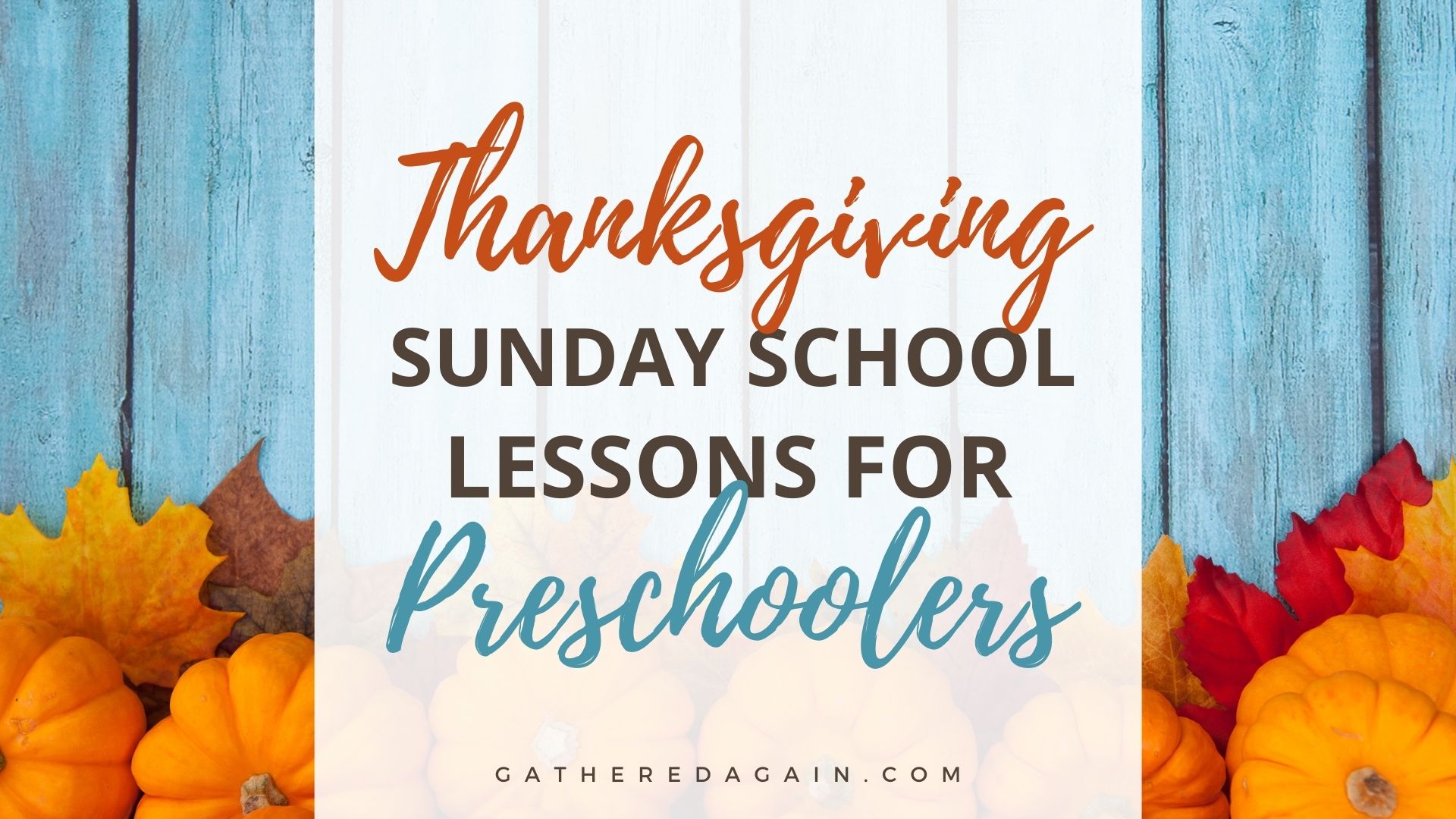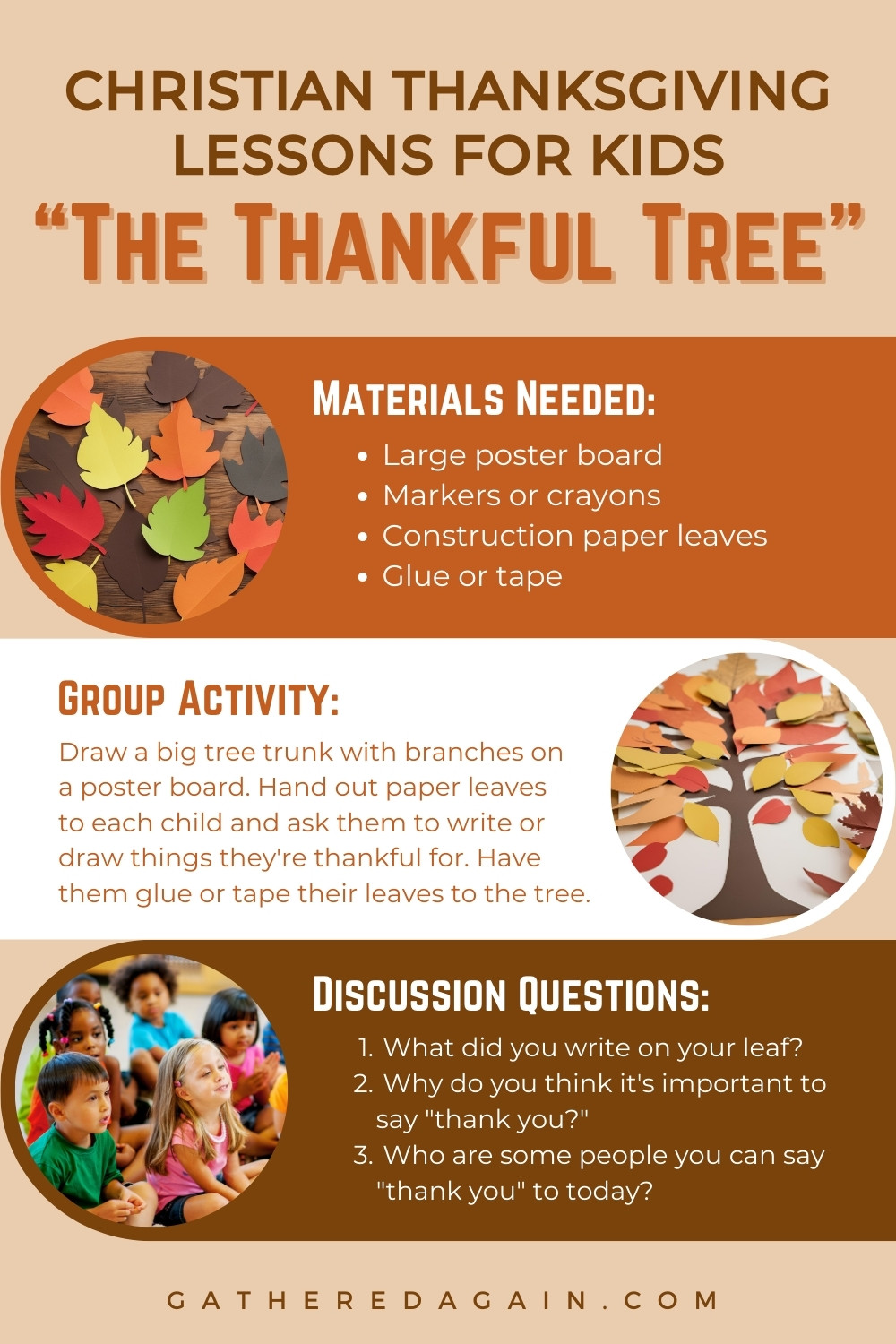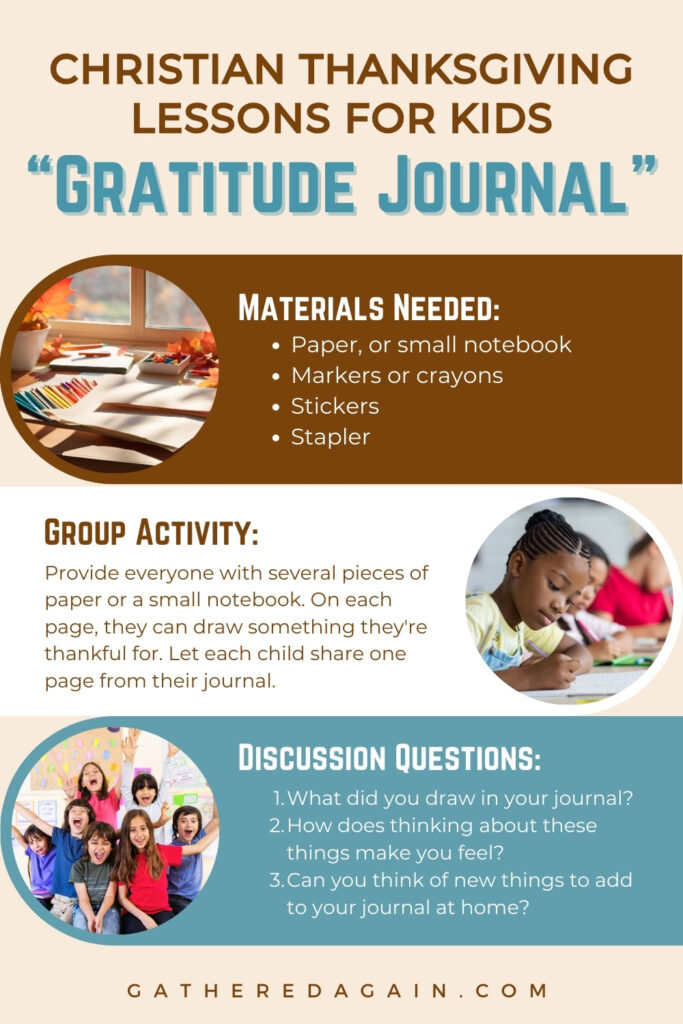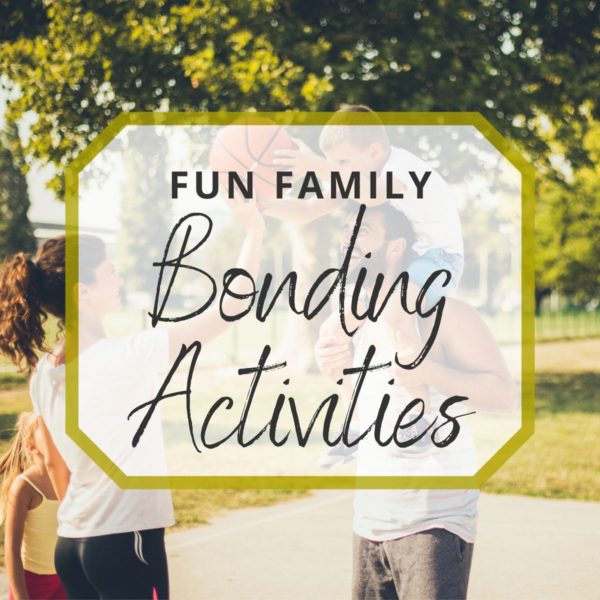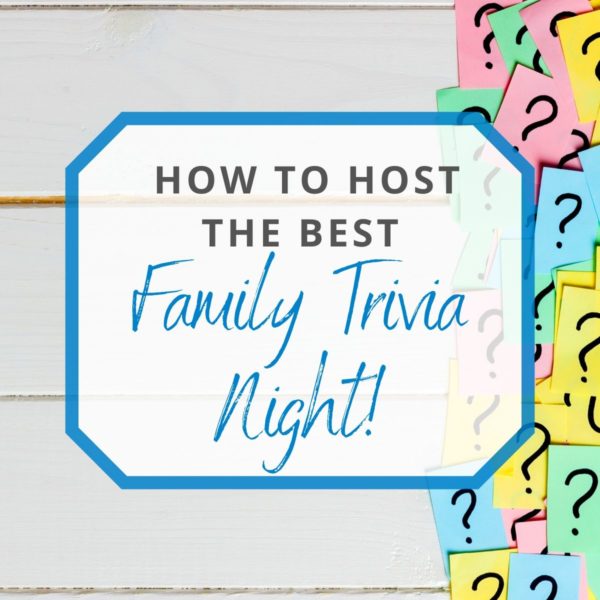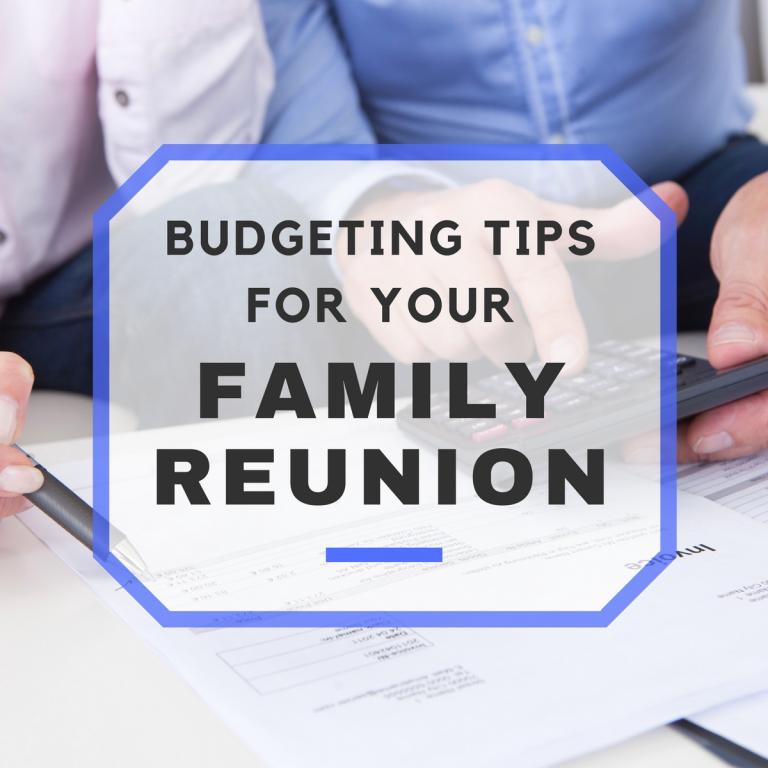I get it: in the world of fingerpainting, food in the hair, and the delightful chaos of preschool, it can seem like a challenge to introduce ideas like gratitude and thankfulness. But Thanksgiving is the perfect season to start nurturing these values, even in our youngest learners.
With a little creativity and faith, we can teach lessons not only for a Sunday school class, but even in our own homes. Better yet, being that Thanksgiving is the beginning of the holiday season, it gives kids plenty of opportunity to practice!
The Importance of Thanksgiving Lessons for Kids
Thanksgiving isn’t just about seeing which vegetables you can melt marshmallows over; it’s about recognizing each of the blessings in our lives. For preschoolers, this means focusing on the little things that bring joy, security, and love. By including these principles in our Thanksgiving Sunday school lessons, we can help children develop a thankful heart filled with gratitude and an understanding of God’s blessings.
So, what kinds of lessons do I have in mind? Let’s get to it!
Lesson #1: The Thankful Tree
Materials: Large poster board or butcher paper, markers or crayons, pre-cut paper leaves in fall colors, glue or tape.
Let’s get those tiny hands busy with a craft that’s as colorful as it is meaningful. Start by drawing a big tree trunk with sprawling branches on your poster board—this will be our “Thankful Tree.” Hand out a few paper leaves to each child and ask them to think about things they’re thankful for. Since they’re preschoolers, you’ll likely need to prompt them with examples like family, pets, friends, or even their favorite snacks.
Have them draw their responses on the leaves, or you can write on the leaves for them. Then, let them glue or tape their leaves onto the tree branches. As the tree fills up with vibrant leaves, it becomes a beautiful visual of all the blessings in their lives.
Key Passage
“Give thanks to the Lord, for He is good; His love endures forever.” — Psalm 107:1
Activity: Sharing Our Thankful Tree
Gather the kids around the completed tree and take a moment to appreciate it together. Encourage each child to share what they’ve added to the tree. This reinforces their own gratitude and helps them recognize the many things others are thankful for.
Focus
This activity helps children understand that Thanksgiving isn’t just about turkeys and pumpkin pies (though those are definitely highlights), but about acknowledging and appreciating the blessings we often take for granted. By sharing their thoughts, they learn to express gratitude and listen to others doing the same.
Discussion Questions
- What are some things you put on your leaves?
- How does it make you feel when you think about these things?
- Why do you think it’s important to say “thank you?”
- Who are some people you can say “thank you” to today?
Lesson #2: Gratitude Journals
Materials: Small notebooks or stapled sheets of paper to create simple booklets, crayons, stickers.
Who says journaling is just for grown-ups? Let’s introduce our little ones to the idea of keeping a gratitude journal. Provide each child with a simple booklet. On each page, they can draw something they’re thankful for. It could be anything— their favorite toy, a sunny day at the park, or digging holes.
Encourage them to decorate their journals with stickers and lots of colors. The idea is to make this journal a personal treasure they’ll be excited to revisit.
Key Passage
“I will give thanks to you, Lord, with all my heart; I will tell of all your wonderful deeds.” — Psalm 9:1
Activity: Sharing Our Gratitude
At the end of the journaling session, have a little show-and-tell. Let each child share one page from their journal. This not only boosts their confidence, but also reinforces the act of expressing gratitude openly.
Focus
By creating their own gratitude journals, children begin to recognize and appreciate the good things in their lives. It sets the foundation for a lifelong habit of thankfulness—a gift that keeps on giving.
Discussion Questions
- What did you draw in your journal?
- How does thinking about these things make you feel?
- Can you think of new things to add to your journal at home?
- How can we show God we are thankful for these blessings?
Lesson #3: Thankful Songs and Praises
Materials: None, or simple musical instruments like tambourines and shakers.
Kids love music—it’s universal. So let’s harness that energy to sing songs of gratitude. Teach them a simple song set to a familiar tune. Here’s one you can try, sung to the melody of “Twinkle, Twinkle, Little Star”:
“Thank you, thank you, God above,
For Your blessings and Your love.
For our friends and family,
And the world You made to see.
Thank you, thank you, God above,
For Your blessings and Your love.”
Feel free to add hand motions or let the kids play instruments to make it even more engaging.
Key Passage
“Sing to the Lord with grateful praise; make music to our God on the harp.” — Psalm 147:7
Activity: Making a Joyful Noise
After learning the song, encourage the children to come up with their own verses about things they’re thankful for. This fosters creativity and lets them personalize their expressions of gratitude.
Focus
Music is a powerful way to express our feelings. By singing praises, children learn to express gratitude in a joyful and communal way. Plus, it’s just plain fun!
Discussion Questions
- What did you like about the song we sang?
- How does singing make you feel?
- Can you think of other songs that make you happy?
- Why do you think we sing songs to thank God?
Lesson #4: The Gratitude Circle
Materials: A soft ball or plush toy.
Time for a game that combines movement with gratitude. Have the children sit in a circle. Start by holding the ball and saying, “I am thankful for…” and finish the sentence with something you’re grateful for. Then, gently pass the ball to the next child, who does the same.
This simple activity encourages kids to think about their blessings and share them aloud. It also helps them practice listening and taking turns.
Key Passage
“Give thanks in all circumstances; for this is God’s will for you in Christ Jesus.” — 1 Thessalonians 5:18
Activity: Quick Gratitude
To add a fun twist, you can introduce a timer. See how many things the group can be thankful for in, say, two minutes. It’s a playful way to show that we have countless blessings, big and small.
Focus
This game teaches children that expressing gratitude can be spontaneous and fun. It helps them realize that there’s always something to be thankful for, no matter the situation.
Discussion Questions
- Was it easy or hard to think of things you’re thankful for quickly?
- Did someone mention something you’re also thankful for?
- How can we remember to be thankful every day, not just during games?
Lesson #5: Thankful Hands Craft
Materials: Construction paper, crayons or markers, scissors (for adult use), glue.
Let’s get crafty! Trace each child’s hands on construction paper and cut them out (you might need to help with the cutting). On each finger, have them draw or write something they’re thankful for.
Once all the hands are ready, you can create a “Thankful Hands” wreath by gluing them in a circle, or display them on a bulletin board. It’s a colorful reminder of all the things we appreciate.
Key Passage
“Let them give thanks to the Lord for His unfailing love and His wonderful deeds for mankind.” — Psalm 107:8
Activity: Creating a Gratitude Display
Use the finished handprints to decorate your classroom or hallway. It’s not just art—it’s a collective expression of gratitude that the kids can proudly look at and share with others.
Focus
This craft helps children visualize their gratitude. It also shows them that when we come together, our individual blessings create something beautiful for all to see.
Discussion Questions
- What did you put on your thankful hands?
- How does it feel to see everyone’s thankful hands together?
- How can we use our hands to show gratitude and help others?
Lesson #6: Story Time — The Feeding of the 5,000
Materials: Children’s Bible or illustrated storybook.
Gather the kids for a classic Bible story that highlights gratitude and God’s provision. Read them the story of Jesus feeding the 5,000 with just five loaves of bread and two fish. Emphasize how Jesus Christ gave thanks before distributing the food, and how there was more than enough for everyone.
Key Passage
“Taking the five loaves and the two fish and looking up to heaven, He gave thanks and broke them.” — Luke 9:16
Activity: Snack Time Blessing
After the story, have a small snack prepared—maybe some fish-shaped crackers and pieces of bread. Before eating, guide the children in saying a simple prayer of thanks, just like Jesus did.
Focus
This lesson teaches children about God’s abundant provision and the importance of thanking Him before we receive His blessings.
Discussion Questions
- What does this story teach us about sharing and gratitude?
- How did Jesus feed so many people with just five loaves and two fish?
- Why did Jesus give thanks before sharing the food?
- How can we remember to thank God before our meals?
Lesson #7: Creation Gratitude Walk
Materials: None, or a simple checklist of nature items.
Take the kids on a short walk outside (even around the playground works). Point out the trees, the sky, the birds—everything that God has created.
Key Passage
“How many are your works, Lord! In wisdom you made them all; the earth is full of your creatures. There is the sea, vast and spacious, teeming with creatures beyond number—living things both large and small.” — Psalm 104:24-25
Activities
- Nature Hunt: Use a simple checklist for the kids to spot different elements of nature.
- Thank You Prayer: After the walk, gather and say a short prayer, thanking God for His beautiful creations.
Focus
This lesson helps children appreciate the world around them and recognize that everything they see is a gift from God.
Discussion Questions
- What was your favorite thing you saw on our gratitude walk?
- What is the most beautiful thing in nature?
- What is the most amazing thing in nature?
- What thing in nature are you most grateful for?
Conclusion
Preschoolers are a super fun age, but often, I don’t think they get the credit they deserve for understanding bigger ideas. Sure, they might need a bit more guidance in grasping what you’re asking, but once they get it, they just go for it! And sometimes, you might just learn a little something yourself from their simple, yet honest answers.
As we’ve journeyed through these seven Thanksgiving lessons, it’s clear that our little ones are more than capable of embracing the true spirit of gratitude and faith. Their hearts are wide open, and their enthusiasm is downright contagious. When we take the time to engage them with meaningful activities, we’re not just teaching them about a holiday—we’re planting seeds of thankfulness that can grow throughout their lives.
Let’s remember that preschoolers see the world with fresh eyes. They notice the little things we adults often overlook—a butterfly fluttering by, the joy of a shared laugh, or the simple pleasure of a hug. By tapping into their innate sense of wonder, we can all rediscover the beauty of gratitude in its purest form. It can even help us rediscover the blessings that God surrounds us with every single day.
So, let’s give these young minds the credit they deserve. Let’s encourage their questions, celebrate their insights, and join them in exploring the big ideas that shape our faith and our lives. Who knows? Along the way, we might just find ourselves inspired by their sincerity and zest for life.
In the end, Thanksgiving isn’t just a day on the calendar—it’s a mindset. And when we nurture that mindset in our preschoolers, we’re setting the stage for a lifetime of gratitude, kindness, and joy.
Here’s to cherishing these moments with our little ones, embracing the lessons they teach us, and giving thanks for the incredible blessing they are in our lives.
Happy Thanksgiving, everyone!

